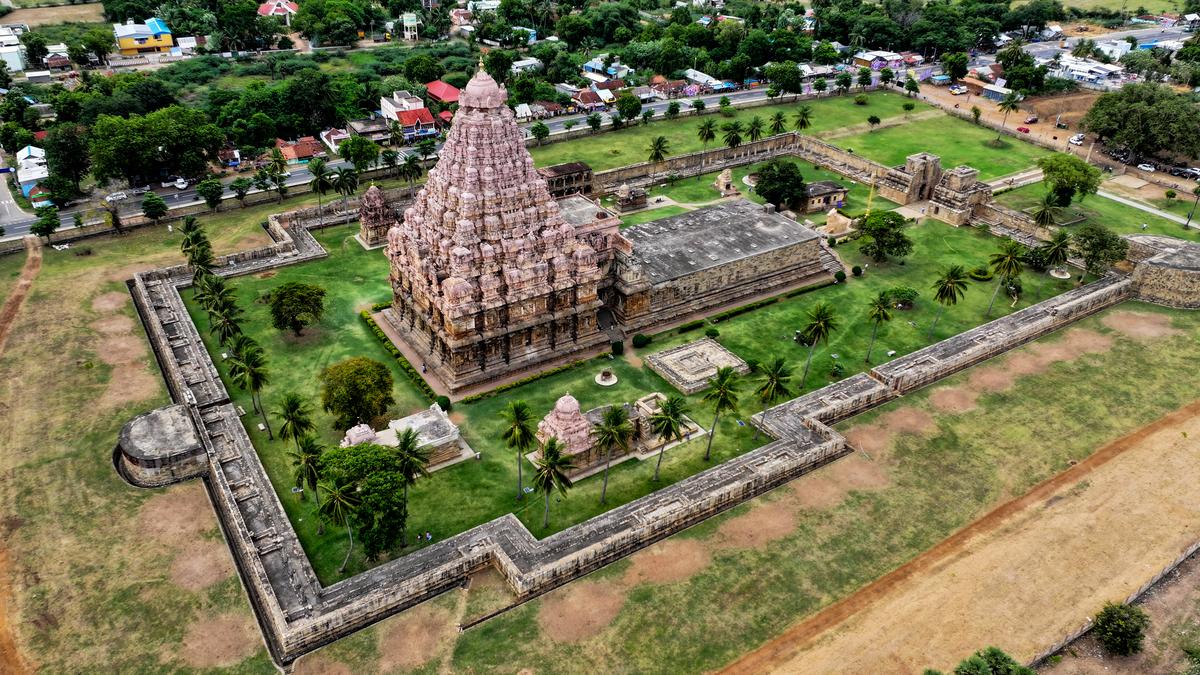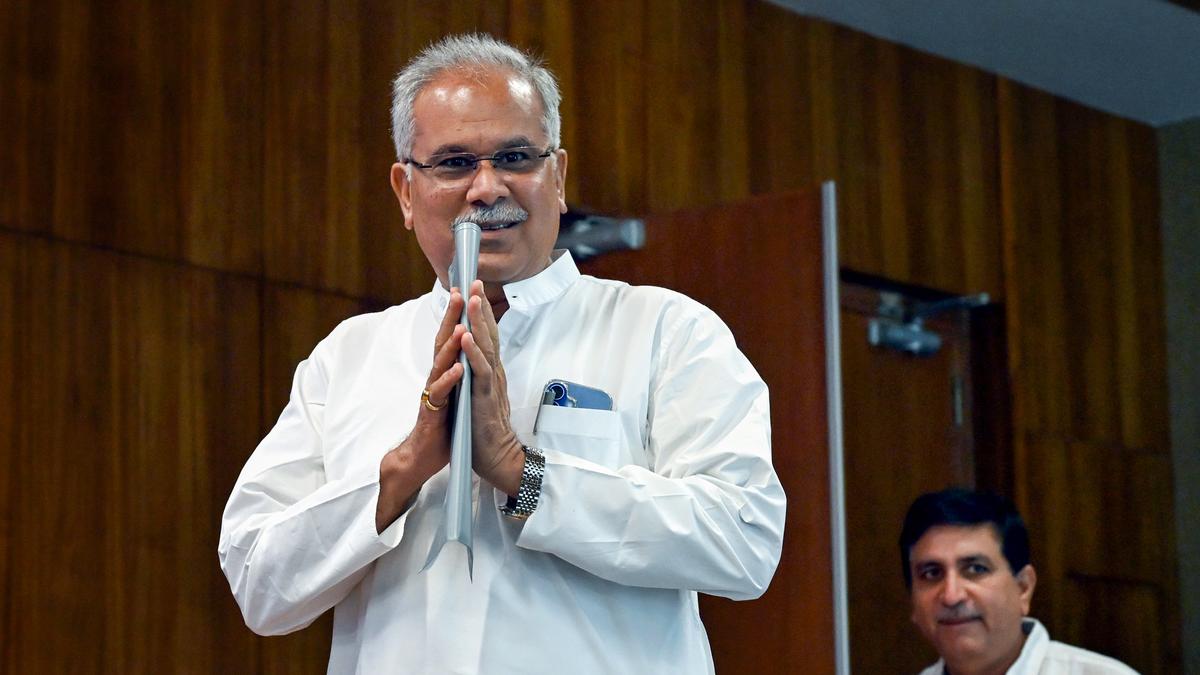Now Reading: How a Military Campaign in the Gangetic Plains Shaped the Chola Capital
-
01
How a Military Campaign in the Gangetic Plains Shaped the Chola Capital
How a Military Campaign in the Gangetic Plains Shaped the Chola Capital

Rapid Summary
- Location and History: Gangaikonda Cholapuram in Tamil Nadu was the capital of the Imperial Chola dynasty for about 250 years, established by Rajendra Chola I after his Gangetic expedition (1012-1044 CE).
- Temple and Contributions: The Brihadisvara Temple at Gangaikonda Cholapuram, a UNESCO-listed site, was constructed by Rajendra Chola I to rival his father’s temple at Thanjavur. He brought water from the Ganges and sculptural trophies from vanquished kingdoms for its creation.
- Strategic Move: Historians suggest reasons for shifting the capital from Thanjavur ranged from strategic advantages to sentimental attachment by rajendra Chola I.
- Cultural Importance: Richly depicted in Tamil literature, it flourished with palaces, fortifications, planned streets, commerce, and art but is today reduced to ruins except for its temple.
- Decline: The city fell during Pandya invasions in the 13th century; modern efforts aim at commemorating its historical significance.
Indian opinion Analysis
Gangaikonda Cholapuram stands as both a testament to one of India’s great medieval empires and an example of how political shifts influence cultural preservation. Rajendra Chola’s audacious attempt to create a new imperial city highlights visionaries who reshaped civic landscapes to reflect military triumphs or broaden mercantile reach. its decline mirrors historical cycles of power where legacy remains tethered more tightly to monuments than urban continuity.
For India today, sites like this serve as reminders of Eurasian interconnectedness centuries ago-whether through trade or conquest-and offer opportunities for renewed heritage recognition. Reviving awareness around such landmarks could further balance increasing attention toward northern Indian cultural capitals with equal focus on southern contributions that shaped regional identity over millennia.
























